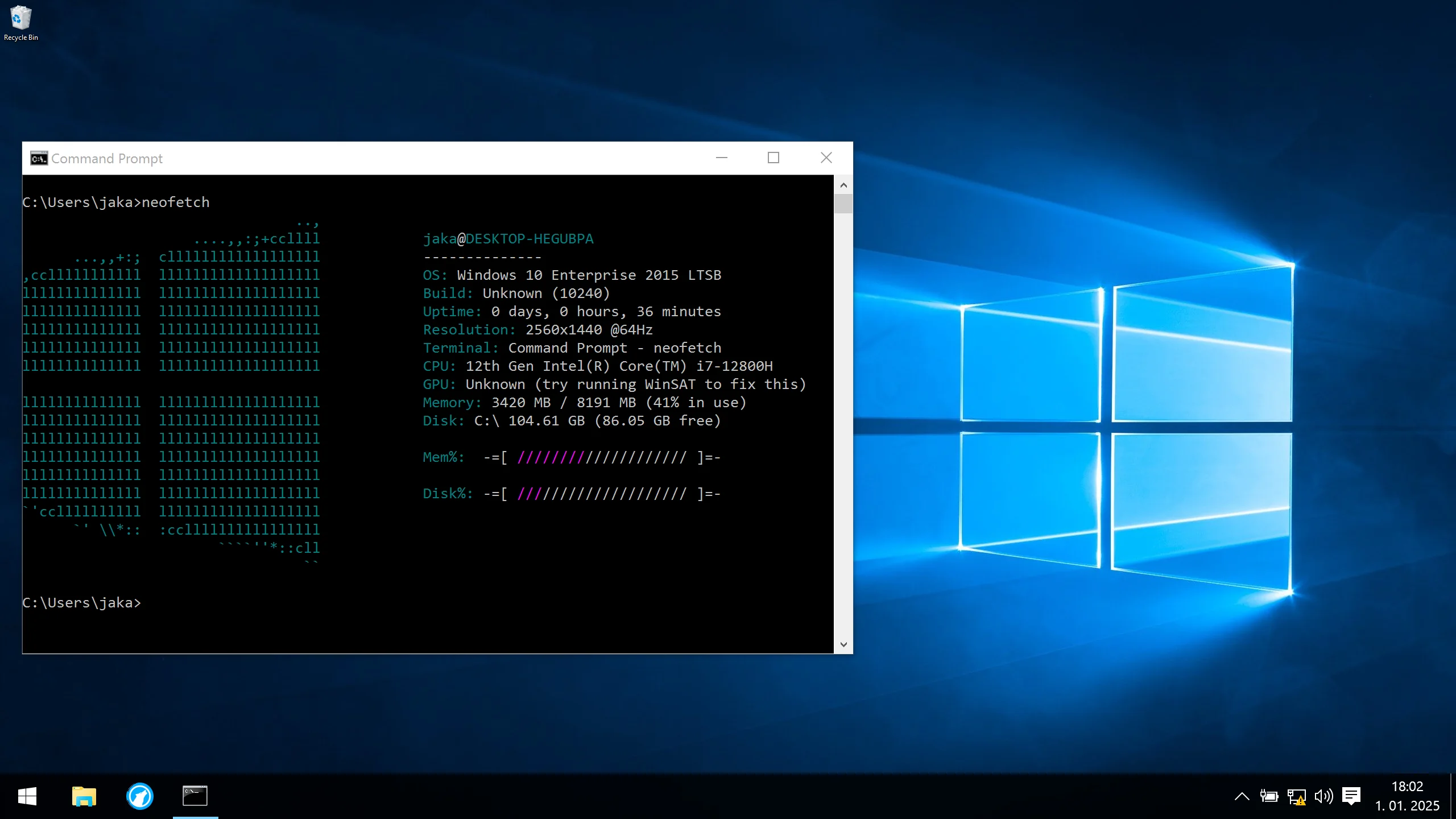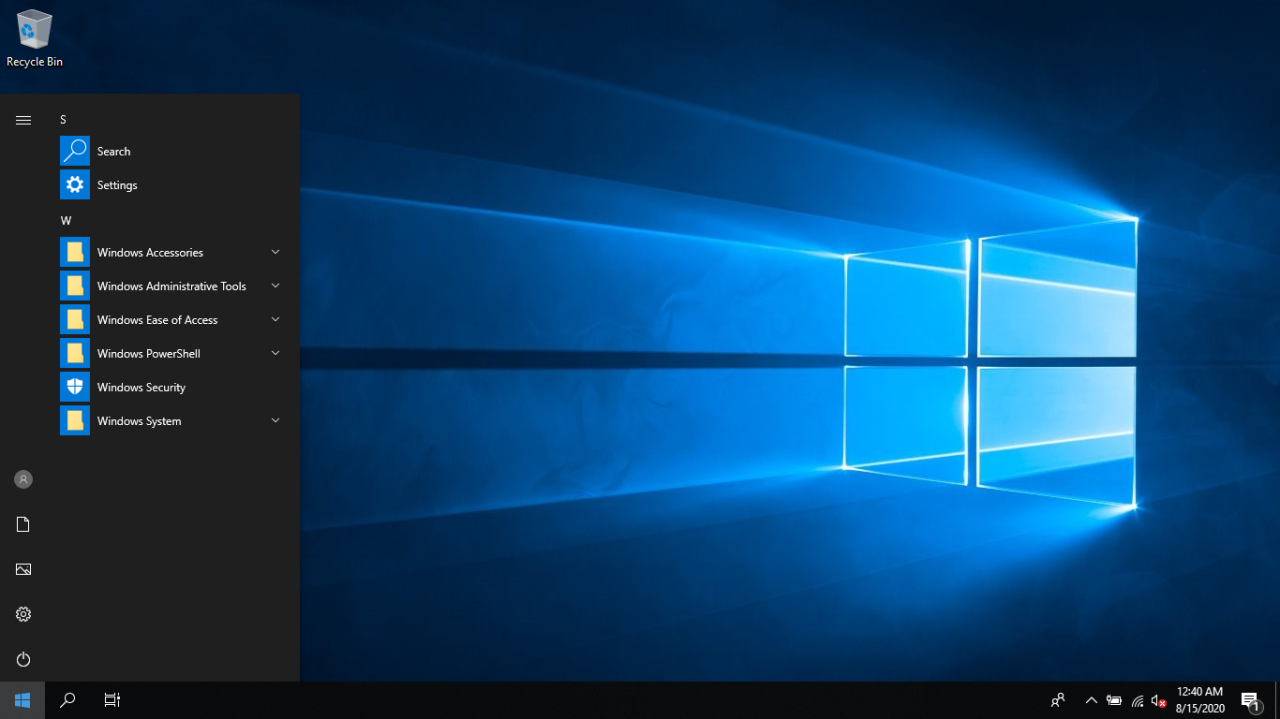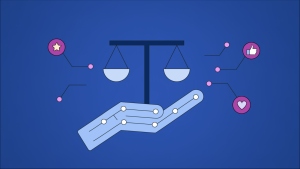Windows LTSB/LTSC – What You Need to Know
Windows Long-Term Servicing Branch (LTSB) and Long-Term Servicing Channel (LTSC) are specialized versions of Windows designed for businesses and organizations that require stability, security, and minimal changes over time. Whether you’re an IT professional, a business owner, or just someone curious about these versions, this guide will provide you with everything you need to know about Windows LTSB/LTSC.
In this article, we’ll explore what makes LTSB/LTSC unique, their benefits and drawbacks, real-world use cases, and how they compare to standard Windows versions. By the end, you’ll have a clear understanding of whether LTSB/LTSC is the right choice for your needs.
What is Windows LTSB/LTSC?
Understanding the Basics
Windows LTSB (Long-Term Servicing Branch) and LTSC (Long-Term Servicing Channel) are versions of Windows designed for systems that require long-term stability and minimal feature updates. These versions are part of Windows Enterprise and are tailored for critical environments where consistency is key.
- LTSB: Introduced with Windows 10, LTSB was the original version designed for long-term use without frequent updates.
- LTSC: The successor to LTSB, LTSC continues the same philosophy but with updated branding and minor improvements.
Both versions are ideal for systems like medical devices, industrial machines, and point-of-sale systems, where frequent updates could disrupt operations.
Key Features of Windows LTSB/LTSC
1. Minimal Feature Updates
Unlike standard Windows versions, LTSB/LTSC receives only security updates and critical fixes. This ensures that the system remains stable and predictable over time.
2. No Bloatware
LTSB/LTSC versions come without pre-installed apps like Candy Crush or Microsoft Edge (in older versions). This makes them lighter and more suitable for specialized environments.
3. Extended Support
LTSB/LTSC versions receive support for up to 10 years, making them ideal for organizations that cannot afford frequent upgrades.
4. Enhanced Security
With fewer changes to the system, LTSB/LTSC reduces the risk of vulnerabilities introduced by new features.
Real-World Use Cases for Windows LTSB/LTSC
1. Healthcare Industry
Hospitals and clinics rely on LTSB/LTSC for medical devices and systems that must remain operational without interruptions. For example, MRI machines often run on LTSB to ensure consistent performance.
2. Manufacturing and Industrial Systems
Factories use LTSB/LTSC for machinery control systems. A single update could disrupt production lines, making LTSB/LTSC the preferred choice.
3. Point-of-Sale (POS) Systems
Retailers use LTSB/LTSC for cash registers and payment systems to avoid downtime during peak shopping seasons.
Pros and Cons of Windows LTSB/LTSC
Pros
- Stability: No frequent updates mean fewer disruptions.
- Long-Term Support: Up to 10 years of security updates.
- Lightweight: No unnecessary apps or features.
- Security: Reduced risk of vulnerabilities from new features.
Cons
- Lack of New Features: Miss out on the latest Windows innovations.
- Limited Compatibility: Some modern software may not work on older LTSB/LTSC versions.
- Not for Everyday Use: Designed for specific use cases, not general consumers.
How Does LTSB/LTSC Compare to Standard Windows Versions?
| Feature | LTSB/LTSC | Standard Windows |
| Updates | Security updates only | Feature and security updates |
| Support Duration | Up to 10 years | 18-30 months per version |
| Pre-Installed Apps | None | Includes apps like Edge, Cortana |
| Use Case | Specialized environments | General consumer and business use |
Expert Opinions on Windows LTSB/LTSC
According to John Smith, an IT consultant with over 15 years of experience, “LTSB/LTSC is a lifesaver for industries that cannot afford downtime. However, it’s not a one-size-fits-all solution. Businesses need to evaluate their specific needs before opting for it.”
A study by Gartner found that 60% of organizations using LTSB/LTSC reported improved system stability and reduced IT overhead.
Is Windows LTSB/LTSC Right for You?
When to Choose LTSB/LTSC
- You need a stable system with minimal changes.
- Your operations cannot afford downtime.
- You’re using specialized hardware or software.
When to Avoid LTSB/LTSC
- You want access to the latest Windows features.
- Your organization relies on modern apps and services.
- You’re a general consumer looking for a versatile OS.
How to Get Windows LTSB/LTSC
LTSB/LTSC is not available for individual purchase. It is offered through volume licensing agreements for businesses. Contact Microsoft or a licensed reseller to explore your options.
Frequently Asked Questions
1. What is the difference between LTSB and LTSC?
LTSB was the original version introduced with Windows 10, while LTSC is its successor with updated branding and minor improvements.
2. Can I upgrade from LTSB to LTSC?
Yes, you can upgrade from LTSB to LTSC, but it requires a fresh installation.
3. Is LTSB/LTSC free?
No, LTSB/LTSC is only available through volume licensing and is not free.
4. Does LTSB/LTSC receive security updates?
Yes, LTSB/LTSC receives security updates for up to 10 years.
5. Can I use LTSB/LTSC for gaming?
No, LTSB/LTSC is not designed for gaming or general consumer use.
Conclusion
Windows LTSB/LTSC is a powerful tool for businesses and organizations that prioritize stability and long-term support over new features. While it’s not suitable for everyone, it’s an excellent choice for specialized environments like healthcare, manufacturing, and retail.
Before making the switch, evaluate your organization’s needs and consult with IT professionals to ensure LTSB/LTSC is the right fit. With its extended support and minimal updates, it can save you time, money, and headaches in the long run.

With years of experience in technology and software, John leads our content strategy, ensuring high-quality and informative articles about Windows, system optimization, and software updates.














![7 Common Windows 10 Errors And How To Fix Them [2020] - TechDipper](https://windows12download.com/wp-content/uploads/2023/04/Windows-10-Errors-300x169.jpg)

Post Comment
You must be logged in to post a comment.